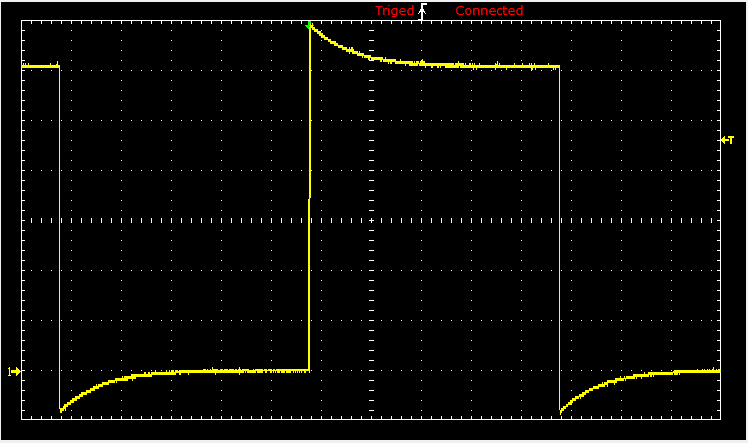Pseudo inverse Matrices
In this section, we extend defined previously the notions of a left inverse and a right inverse on rectangular matrices the size m × n, where m ≠ n. Although such matrice may have infinite number of left inverses or right inverses, we will deal with a particular definition, called the Moore-Penrose inverse. There are many other types of inverses defined for a rectangular matrix, which are called a pseudo inverse or a generalized inverse. However, the Moore-Penrose inverse, if it exists, is unique.
Let A be a rectangular m × n matrix of rank r. The Moore-Penrose inverse of A is a matrix of order n × m, denoted by
A†, satisfying the following criteria.
- AA†A = A;
- A†A A† = A†;
- A† = (A†)T;
- A†A = (A†A)T.
Theorem 1: The Moore-Penrose inverse posseses the following properties.
- The Moore Penrose inverse is unique, if it exists;
- \( \displaystyle \left({\bf A}^{\dagger} \right)^{\mathrm T} = \left( {\bf A}^{\mathrm T} \right)^{\dagger} ; \)
- \( \displaystyle \left({\bf A}^{\dagger} \right)^{\dagger} = {\bf A} ; \)
- rank of A is equal to rank of the Moore-Penrose inverse;
- If A and B are two nonsquare matrices and if AB = 0, then B†A† = 0.
- \( \displaystyle {\bf A}^{\mathrm T} = {\bf A}^{\dagger} \) if and only if ATA is idempotent.
Theorem 2: Let A be a real matrix.
-
If A has linearly independent rows, then
\[ {\bf A}^{\dagger} = {\bf A}^{\mathrm T} \left( {\bf A} \, {\bf A}^{\mathrm T} \right)^{-1} \]is the right inverse of A (since A A† = I).
-
If A has linearly independent columns, then
\[ {\bf A}^{\dagger} = \left( {\bf A}^{\mathrm T} {\bf A} \right)^{-1} {\bf A}^{\mathrm T} \]is the left inverse of A (since A†A = I).
